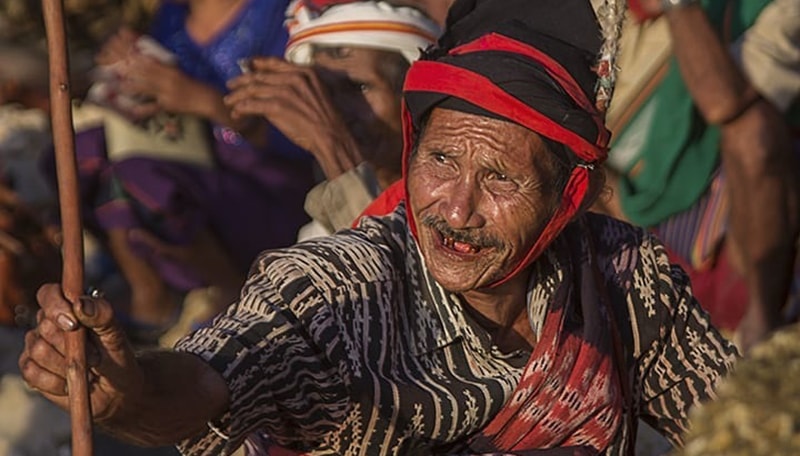Sumba Ethnic Cultures

The Sumba Ethnic cultures, East Nusa Tenggara Province, has a variety of hereditary traditions. These traditions become a tourist attraction that invites tourists to visit.
One tradition that they still adhere to is Marapu's belief. Sumba people who are in traditional or inland villages usually still adhere to religion.
Sumba island is inhabitant by several cultures and linguistic groups, but all have the same architectural customs.
Animism is very strong in Sumba ethnic and religious customs is focusing on Merapu. Merapu includes the spirit of the deceased from holy palaces, heirlooms, and instruments used to the community with the spirit world.
Culture & Tradition
Besides Merapu beliefs, there are also some traditions of the Sumba community that deserves to be known:
- Belis is a sacred tradition in the marriage of Sumba ethnic. The man who wants to propose to the woman must give the numbers of livestock as a gift. Livestock means the number of animals such as buffalo, pigs, Sandalwood, and Pasola horses.
The number of animals is determined by the perspective of the bride family and the bridegroom family must fill it. The more prominent the prospective bride's family is the more animals given.
- Pasola horse ceremony is the scene of attacking each other between villages. Youth riding the horse while throwing javelins. This is what they call Ketapo.
Every year Sumba holds the Pasola horse tradition. The horses that were bred since ancient times also become a social status for the people of Sumba. The Pasola event is held every year from February to March, you can visit Sumba island tours for event details.
The Traditional House
Sumba Traditional house common call Uma Mbatangu in the local dialect. It means the peak house. The peak house is referring to the traditional vernacular house of the Sumba ethnic.
The Sumba traditional house has a high peak on the roof and a strong connection with Merapu or spirit. This concept affects the architecture of space in the traditional Sumba house.
The roof is made of straw, reeds and is somewhat similar to the middle peak in Jogo traditional Javanese house. The house with the biggest pumcak is called Uma Bungguru.
Uma Runggu is the main house of the clan and it is an important house for rituals related to the unity between the clan.
Traditional Dance in Sumba Ethnic Cultures
Kandingang Dance is one of the Sumba traditional dances. The dance usually plays by the woman. They are using tufts made of ponytails as the attributes of the dancing.
Kandingang dance is the most popular dance in Sumba, especially East Sumba. The dance commons show on the big traditional event, such as married, welcome dance, and other cultural events.
The performance of Kandingang dance is together with the traditional musical instrument from Gongs and Kendang. The dancer wears traditional clothing which consists of hinggi kombu and kiara. There are also headbands, wristbands, anklets, and necklaces.






